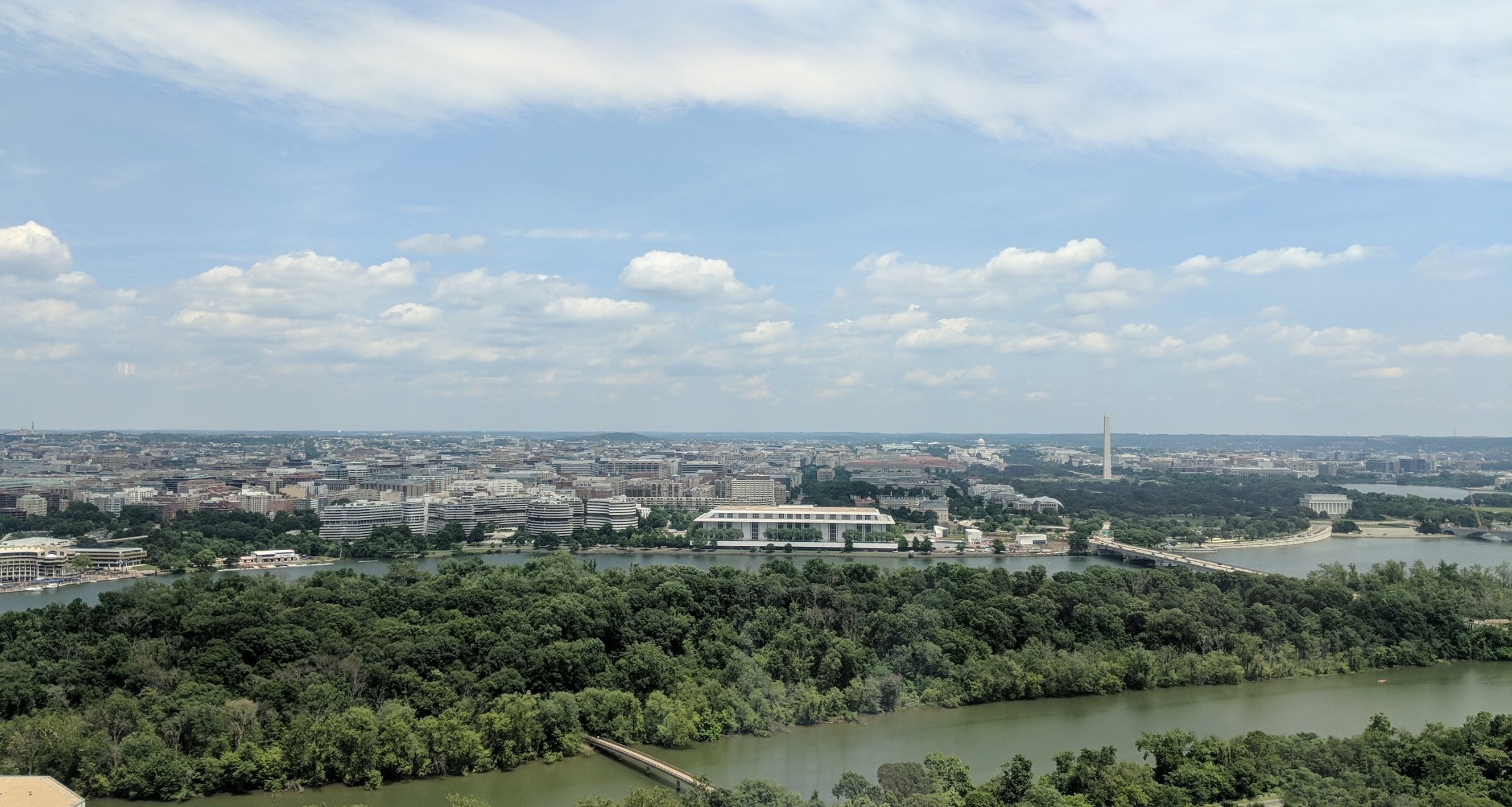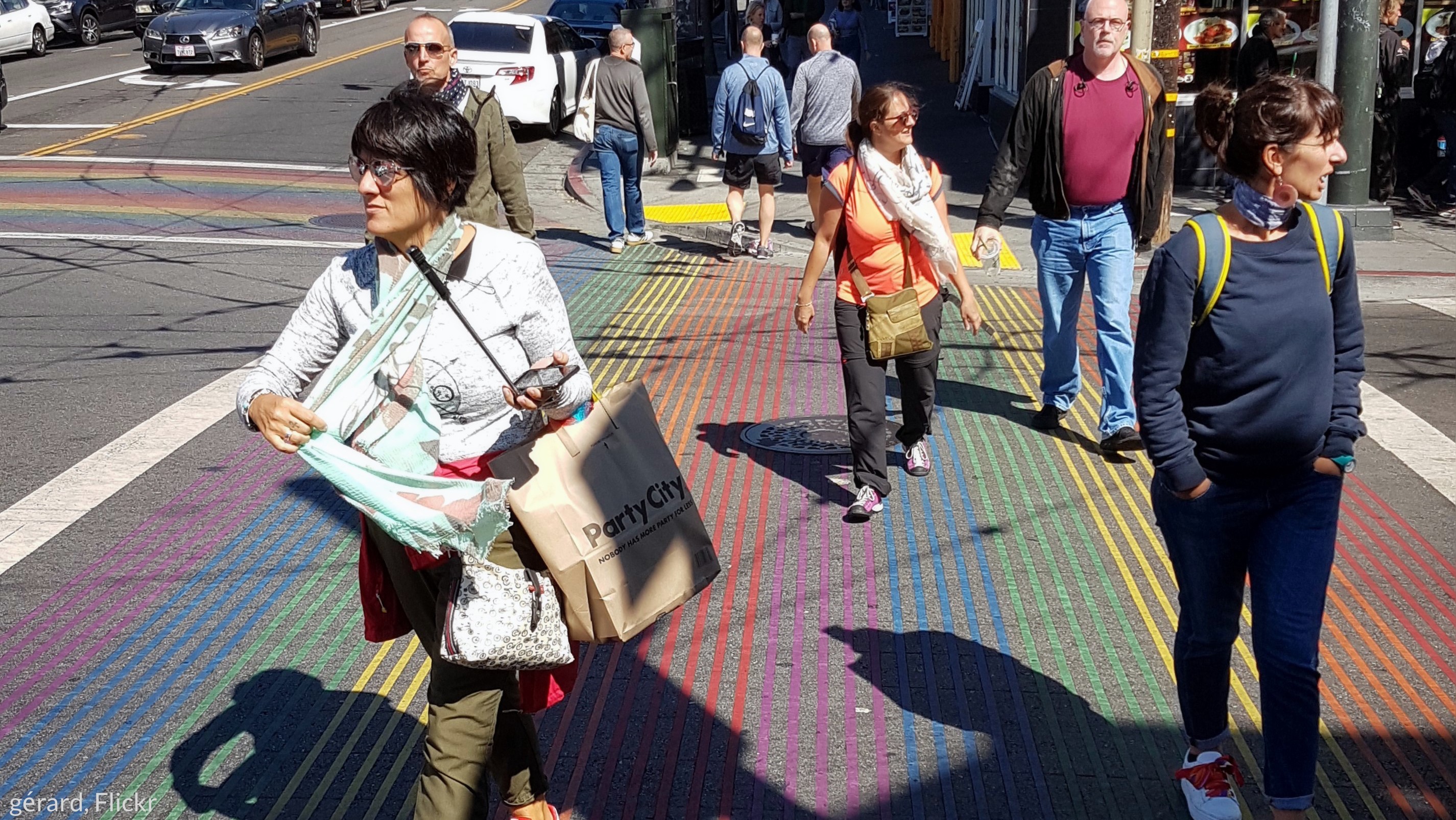There are 619 regionally significant, walkable urban places (or “WalkUPs”) in the nation’s 30 largest metro areas.
Foot Traffic Ahead 2016, released today by LOCUS in conjunction with the Center for Real Estate and Urban Analysis at the George Washington University School of Business, looked at all of them.
The new report ranks the country’s 30 largest metropolitan areas based on the amount of commercial and multi-family rental development in WalkUPs, and uses a series of forward-looking metrics to predict how walkable their future development might be. The research also uses social equity metrics like housing costs, transportation costs, and access to jobs to understand the relationship between walkability and social equity.
The research found that walkable urban market share growth in office and multi-family rental increased in all 30 metro areas between 2010-2015, while drivable sub-urban locations have lost market share.
Not surprisingly, New York City, Washington DC, Boston, Chicago, San Francisco, and Seattle ranked at the top of current areas for walkable urbanism. But the research points to other cities including Phoenix, Los Angeles, and metro Detroit as best-positioned for future growth of walkability given current efforts in those the communities.
Download the full report to see the full rankings, including which metros are getting the most out of their current development, which have the greatest momentum, and which rank the highest for social equity.







